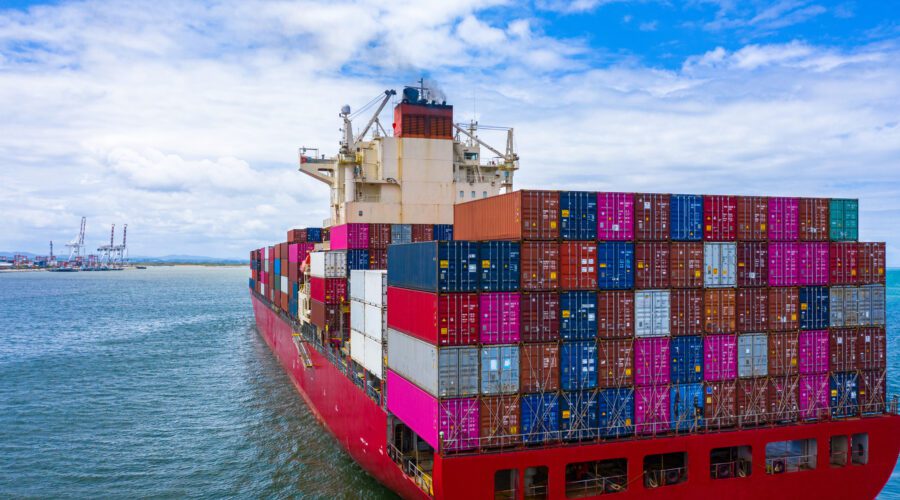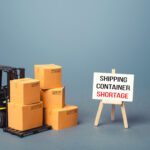While the logistics economy has roared back from the lows caused by the pandemic, not all is yet okay in the freight and shipping industry. It seems that labor shortages—affecting businesses across the country—have a specific impact on logistics, particularly the supply chain. Without a healthy supply chain, it’s not just logistics suppliers that suffer. Every business that relies on the warehousing, shipping, and delivery of goods is affected. With ecommerce at all-time highs, the potential impact to revenues is significant.
The Current Picture
Job openings are no longer a problem in the US, with numbers hitting a record high of 8 million in March. The problem is that vacancies are outnumbering new hires by more than 2 million each month. That’s the picture for the whole of the country, but when we narrow it down to the shipping and freight industry, we find that the ratio is very similar.
When paired with the increase in demand for shipping, the shortage of drivers has put severe stress on the supply chain. Add to that the fact that driver schools were closed throughout 2020 due to COVID-19, and we’re facing 40% fewer new CDL-credentialed drivers entering the industry.
Finally, there is one more stressor to consider: lack of parts for service and maintenance for the trucks that are on the road. Supply chain issues for these parts essentially throw a wrench into the supply chains for other industries as the lack of drivers, manufacturers, and service technicians send the whole ordeal into a vicious cycle.
Examining the Landscape
There are a few short-term solutions that several logistics suppliers have put into place, including “pop-up fleets” that shift capacity to areas where more support is needed. The problem with this particular solution is that many logistics suppliers end up “robbing Peter to pay Paul,” or leaving themselves open to more issues when new needs arise and all assets are currently in use elsewhere.
Others have discovered that shipments might be consolidated in order to fill unused capacity and increase utilization, as long as freight is moving in the same direction. It’s an option that makes the most of a bad situation but could lead to late or misplaced shipments if records aren’t 100% accurate.
Identifying Solutions
Whatever the current solutions may be, they aren’t viable long-term options. In order to meet current and future needs, logistics suppliers have to think several steps ahead. This might include identifying areas that could be automated, simply because there are too many factors that could continue to keep staffing numbers low. When facing fears of potentially contracting COVID-19 or still needing to be home for children who have not yet returned to school, workers have a tough decision to make. Add to that the fact that many states still offer expanded unemployment benefits, which eases their need to get back to work right away.
The expanded benefits do tend to spark some high emotions on all sides of the debate, with many believing people just stop accepting the benefits if jobs are readily available. On the other side, if benefits are so much greater than the pay workers would receive if they returned to work, then why would they make a change if it’s not necessary yet?
As a creative solution that many companies, logistics and otherwise, have considered: increase pay and/or benefits for your workers. When an increase isn’t viable, consider other benefits that your workers might appreciate. Could they move up faster through the ranks by showing loyalty to your company? Perhaps you could offer freight broker training or logistics courses to help them succeed.








